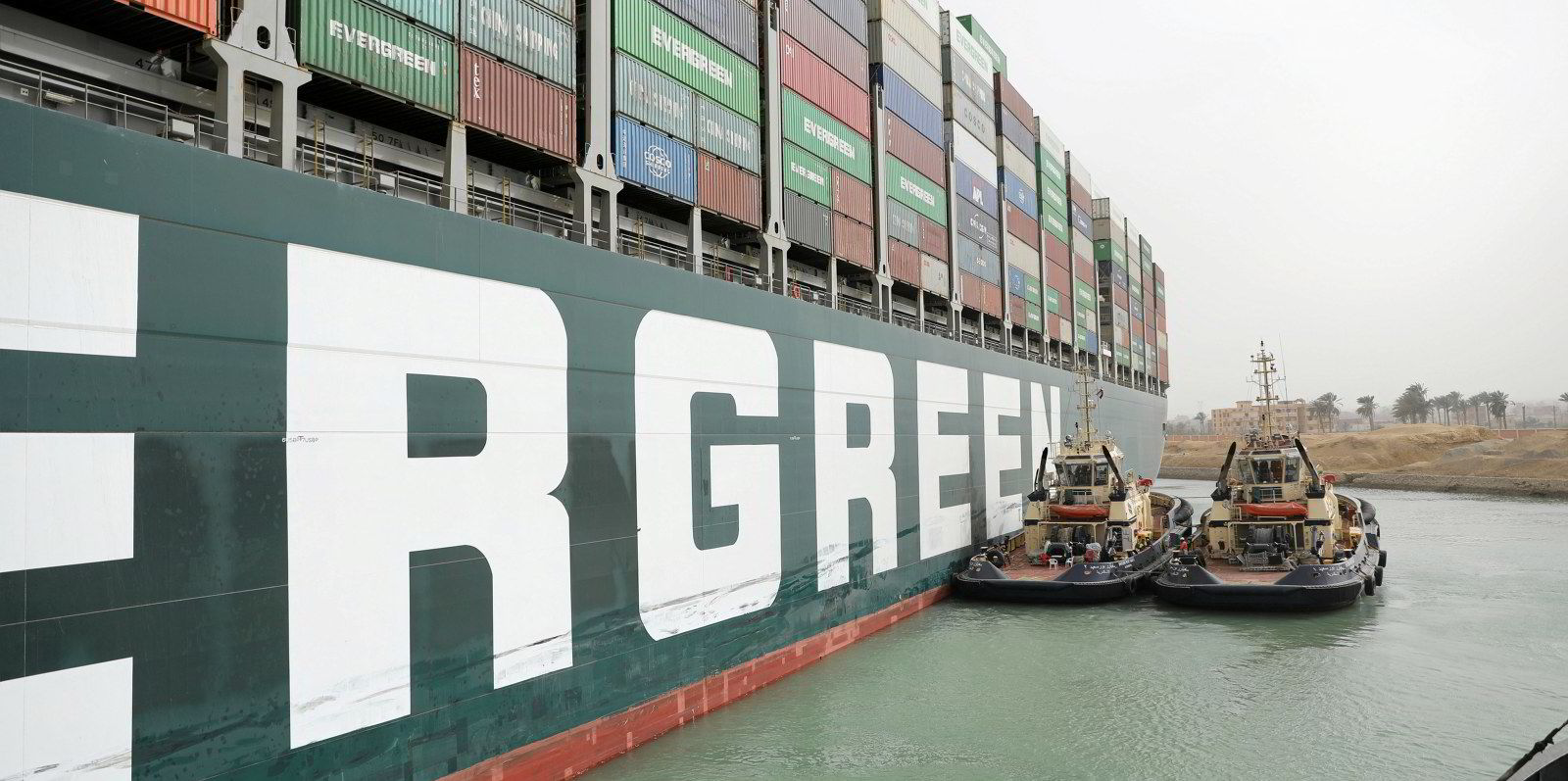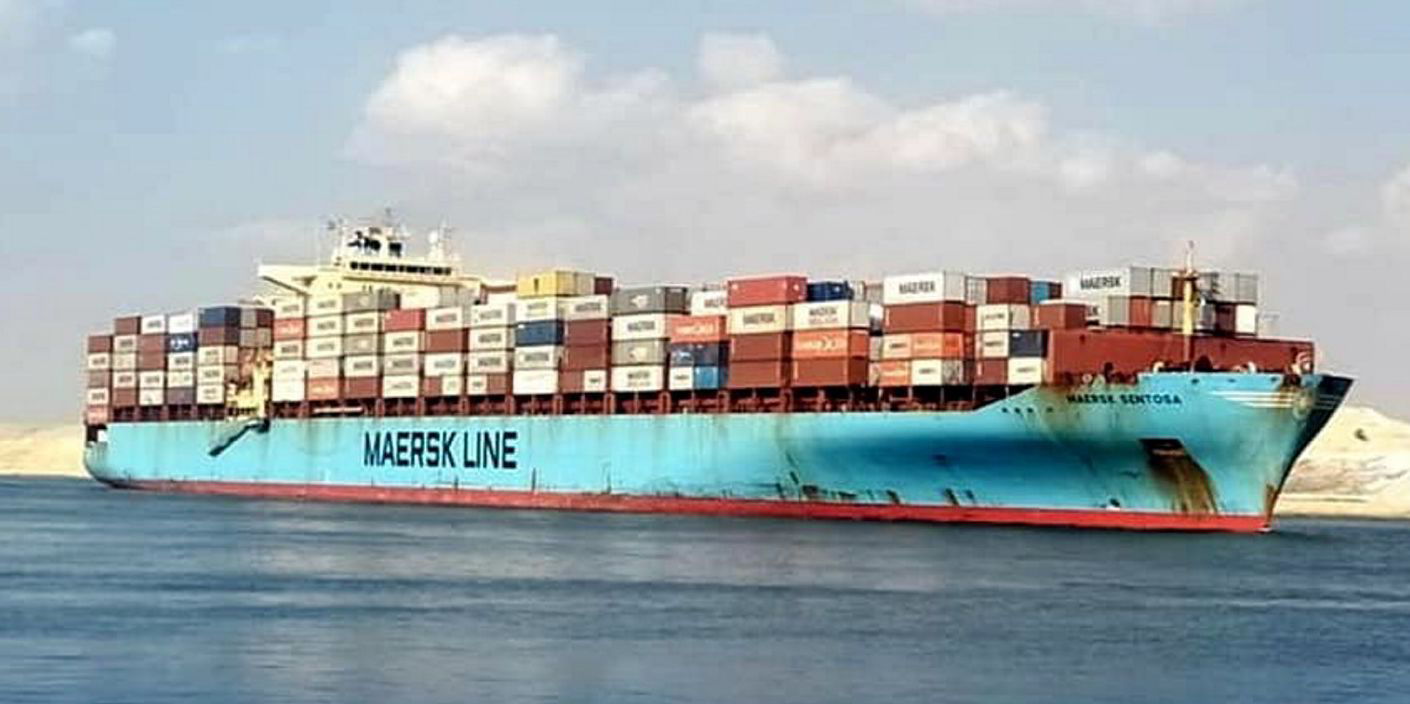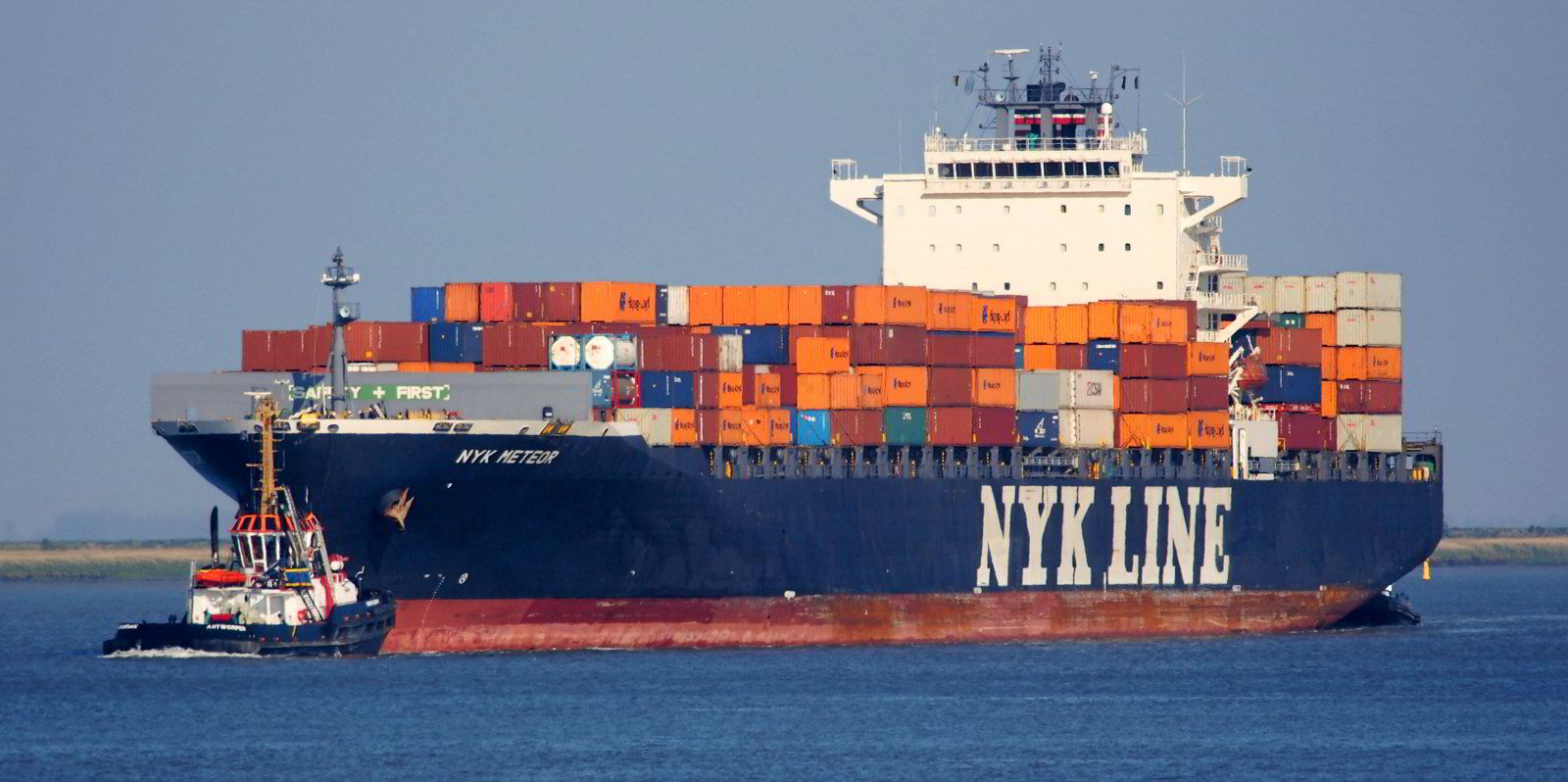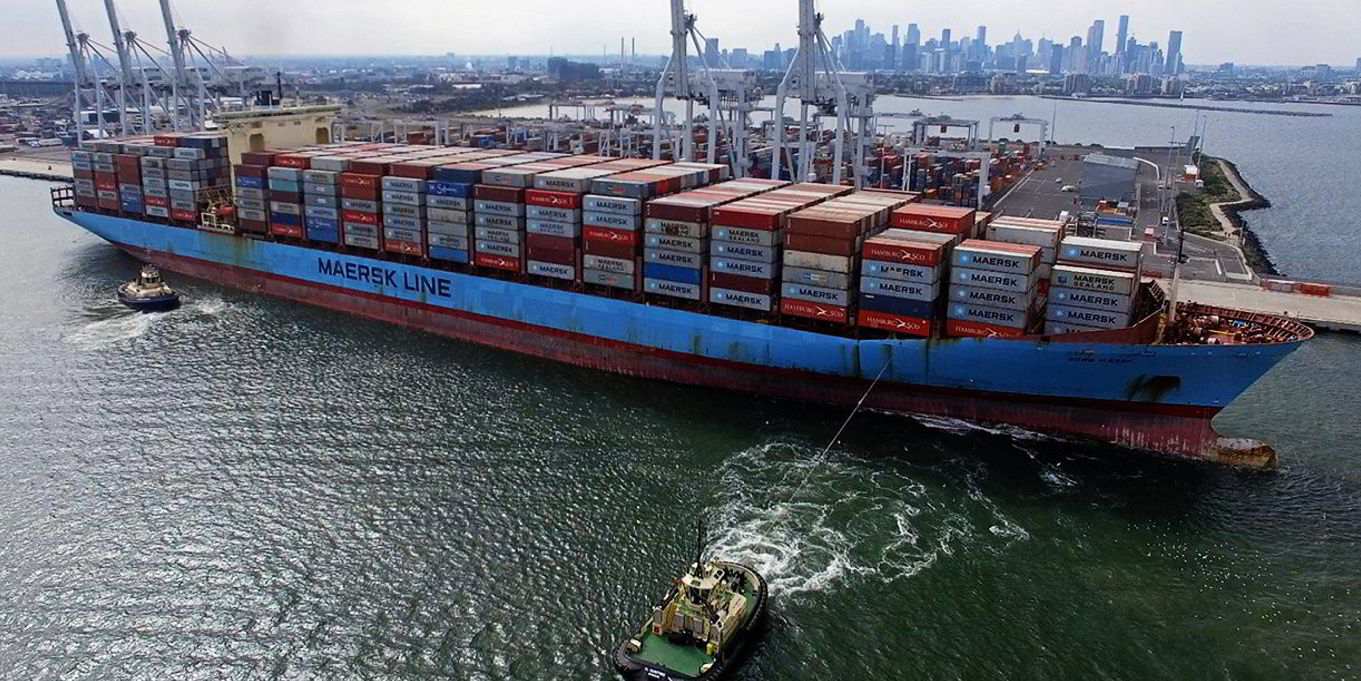A serious hangover from last month’s Suez Canal blockage is hectic rescheduling at the world’s container terminals.
Weeks after the refloating of the 20,388-teu Ever Given (built 2018), the biggest container terminals are having to rejig their schedules with up to 100 changes per day, according to Danish liner consultancy Portchain.
While many terminals are now sorting through containership bunching either manually or on spreadsheets, Portchain is trying to convince carriers and terminals that it can sell them a more efficient solution in the form of artificial intelligence (AI).
“The challenge that Ever Given has created for liners and terminals is, from our point of view, just an extreme variant of what’s always going on,” Portchain chief commercial officer Thor Thorup told TradeWinds.
“It might take a terminal operator a couple of hours to make a new berthing plan if he is looking at 30 vessels one at a time, but AI can look at all simultaneously and see how each change would affect all the others.”
Volatile times
Thorup is one of three former McKinsey & Co analysts specialising in shipping and digitalisation who set up on their own four years ago to develop Portchain’s software-as-a-service (SaaS) approach to quayside optimisation. Since then, they have picked up a number of backers from Danish shipping, many of them former AP Moller-Maersk executives.
The Ever Given effect came on top of a year of volatile liner scheduling, thanks to blank sailings in the initial wave of Covid-19 and a 20% hike in volumes from the first to second half of 2020.
Thorup is among those who believe the jam will not be resolved for months. “Schedules have been interrupted, vessels are bunching. Some people believe everything is over, but it isn’t,” he said.
The company sells its AI-based tools to liner companies such as Germany’s Hapag-Lloyd and to land-based customers including Malaysia’s Tanjung Pelepas terminal. Portchain recently signed up Russia’s Global Ports.
Maersk’s APM Terminals holds shares of about 30% in Global Ports and Tanjung Pelepas, but Thorup would not comment on collaboration between Portchain and the Danish containership giant.
When terminals schedule a large number of vessel calls manually or in an Excel spreadsheet, the resulting uncertainty makes the port a “black box” to approaching vessels, which receive detailed information on the situation in port relatively late.
Too many moving pieces

“One to two days before the call is when accurate information is typically shared,” Thorup noted.
Once vessels receive the information, it consists of too many moving pieces to be easily actionable, with numerous possible arrival times for each ship. For ports, that means underutilisation of berths, cranes and labour.
By applying a database of real-time intelligence on global port calls and putting machine learning to work on the historical behaviour of ships at the relevant ports, Portchain predicts the most probable arrival times and presents them in visual form.
In normal times, its “schedule optimisation engine” is meant to allow masters to optimise fuel consumption and arrival time, while its “berth optimisation engine” warns terminals of the degree of risk for vessel arrival clashes, allowing them to allocate resources smoothly across peaks and troughs of demand.
In acute situations, Thorup said Portchain carrier customers are using the same tools to make broader changes, to decide whether to omit a port call, for example.
“Our product for carriers allows them to visualise the schedules of all vessels bound for the same port, and when one vessel has five different estimated times of arrival, machine learning can figure out which is the most probable, and that is the one that is shown.”
Separate but compatible
The company’s data on movements includes about 95% of all global container line calls.
Thorup said the Copenhagen-based company is growing and so far has landside customers “in the two handfuls range”, of which the Tanjung Pelepas transshipment hub is the biggest, and “collaborations that are not fully public” with other liner companies.
So far, it is keeping its SaaS products for ports and carriers separate but compatible, built on the same technical foundation, in order to move towards industry collaboration and data sharing.
“We decided not to force a connected portfolio but offer a path to collaboration when and only if a customer wishes to do so,” Thorup said.
Part of the reason is information security for customers. “The owner of the data is the owner of the data and he decides how he wants to use it.”








